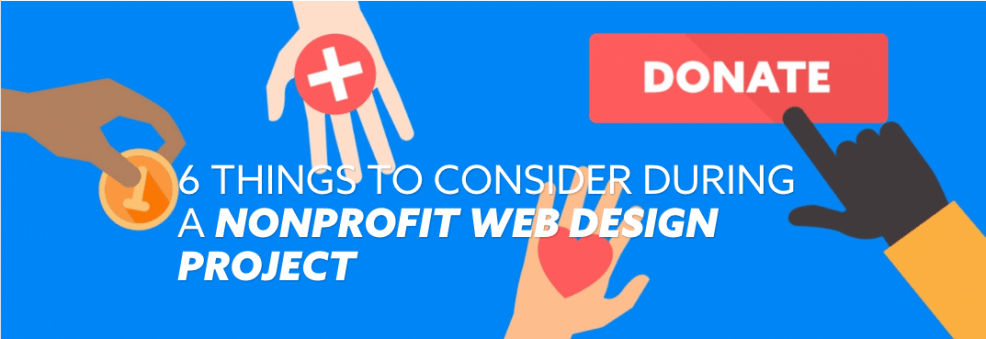
Elevated Third Talks Success for Nonprofit Web Projects Using Drupal

Building a digital presence as a cultural institution is a balancing act.
On one hand, the institution's mission and goals must be at the forefront of a digital experience.
On the other hand, limited resources, revolving staff and regulations weigh down and pressure these institutions to carefully consider how to craft its online presence.
Cultural nonprofits require an online experience platform that is both cost efficient and low maintenance to support. Also, decisions surrounding technology solutions are often made by various departments, causing integration issues to ensue.
After working with nonprofit and cultural institutions for more than 13 years, our friends at Elevated Third understand the sort of challenges these groups face. They have experience working with nonprofits like the Denver Botanic Gardens, The NFPA, and the Colorado General Assembly.
Specifically, in their work with the Denver Botanic Gardens, the company was able to help develop a responsive Drupal website designed around user experience, conversion and the beauty of the gardens.
The website was a success and helped contribute to strong KPIs toward online booking and visits.
With this sort of experience, Elevated Third has some ideas surrounding what to consider during a nonprofit web design project.
They suggest that the big problem is that most nonprofit web design projects are considered a one time expense rather than a long term investment and a part of strategic thinking.
Jill Farley, UX and content strategist at Elevated Third has outlined 6 points to think about:
- Invest in open source: It doesn’t cost anything to license and use. Because Drupal is open source, it is updated and maintained by millions of developers.
- Make integration-focused software a priority: Own the technology. Pick vendors by their commitment to playing nice with other tools.
- Learn how Drupal works for nonprofits: Drupal is a trusted, scalable content management and system integration platform. Integrations, scalability, and speed to market are all things to be kept in mind while selecting digital tools.
- Think in terms of conversions. Measure: Figure out how things are valuable and can be tracked like “conversions”. Assign value to non-monetary outcomes so gain and ROI can be calculated.
- Keep your staff happy: Drupal is built to make sense to users of any technical skill level, and the admin interface can be optimized for any type of workflow.
- Don’t forget hosting: It is important to have the support of a reputable hosting company.

Read more about how Acquia helps non-profit organizations.
